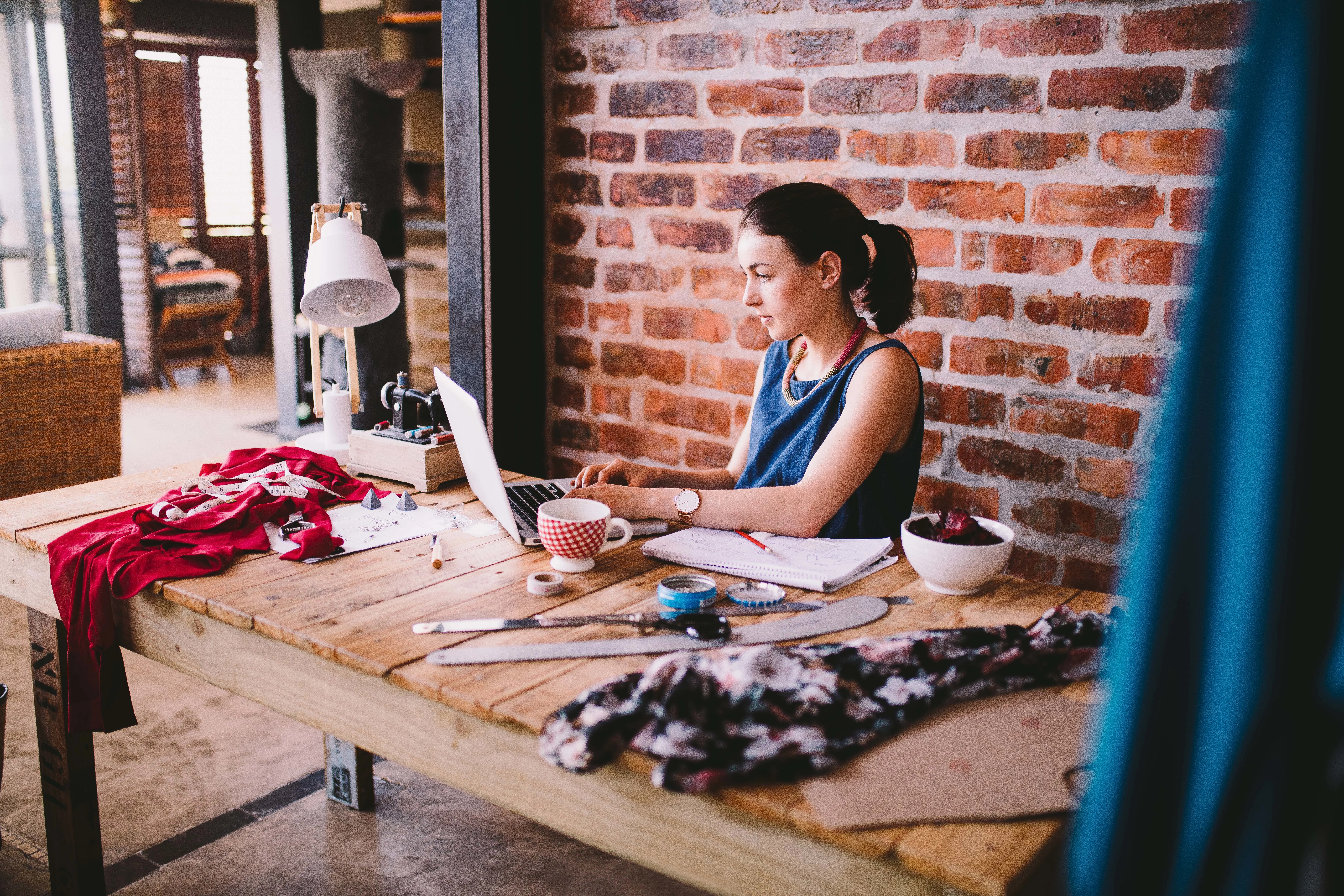Fashion designers possess a unique place in our society. Their talent and vision play a significant role in how people look and contribute to the artistic and social context. They choose to study fashion inclinations, sketch designs, select materials and participate in all the production aspects of their plans.
There are fashion designers at various fashion enterprises, from well-known couturiers to anonymous fashion designers operating for ready-to-wear houses to fashion couturiers who might make only insignificant changes in current designs.
Fashion designers raise themselves with the help of retailing and advertising. Some designers sell their fashions through runway presentations, as well as through their retail stores. Some also entrust their name to other licensed products to expand their brand identity. Many celebrity fashion designers do minimal designing of the compilations that bear their title.
Fashion designers are now beginning to use modern technologies like body-scanning for a more reliable custom fit and seamless knitting technologies that can create clothing with just a single push of a switch. The future will improve due to new technologies, supplies, and tools. High-tech textiles will empower fashion designers to build new product lines, including sun protection and other novel qualities. Unique consumer needs and preferences may even have a higher to do with purpose than with fashion.
What does a Fashion Designer create?
The design method, from design concept to ultimate production, takes several months. Researching current fashion inclinations and making predictions of future trends is the initial step in creating the scheme. Some fashion designers do their investigation while others depend on inclination reports issued by fashion industry business groups. Trend reports let you understand what styles, colors, and materials will be famous for a particular season shortly. Textile producers use these trend opinions to design materials and patterns while fashion designers start to sketch designs. Designers then encourage manufacturers or trade presentations to get specimens of fabrics and figure out which fabrics to apply with which strategies.
A fashion designer prefers to analyze fashion trends, sketch designs, choose materials, and engage in all the production phases of their plans.
A fashion designer exercises in just about every perspective of delivering fashion to society. Creating the fundamental design can be achieved in various ways. It can include storyboards with sketches, going with a dummy, and stitching pieces of material together. This creating stage is when the designer takes his/her vision rolling in the mind’s eye and settles it into a visual expression. This first outline of the design is then worked on as the designer elaborates the first basic prototype.
Computer-aided design (CAD) is being applied more and more in the fashion design business. CAD allows designers to look at methods of clothing on virtual models and in various colors and shapes, therefore preserving time by requiring lesser adjustments later.
The fashion designer’s consequent step is to take the crude sketch or model and improve a more specific working pattern. Typically, the designer will make a rough image of the design by formulating a toile. When this is put on a mannequin-like dress stand, the designer can understand how the material will drape or hang on an individual.
Large design houses hire their pattern-makers, tailors, and sewers who build the master patterns and stitch the prototypes. Designers managing in small design firms, or those fresh to the business, usually do most of the professional pattern-making and stitching tasks, in addition to composing the clothing. When the garment is finished, the designer will either modify, scrap, or approve the design for showing in a collection.
A fashion designer usually has complete control of a fashion show, generally choosing the models, fixing the price of every garment, and deciding how the garments will be displayed.
Are you adapted to be a fashion designer?
Fashion designers have distinguished personalities. They lead to be artistic people, which implies they’re creative, spontaneous, sensitive, eloquent, and expressive. They are unstructured, authentic, nonconforming, and innovative. Some are enterprising, meaning they’re adventurous, ambitious, assertive, extroverted, energetic, enthusiastic, confident, and optimistic.
What is the table of a Fashion Designer like?
A fashion designer that serves wholesalers or manufacturers generates designs for the world business. These designs are manufactured in different sizes, colors, and materials. A small number of high-fashion (haute couture) artists are self-employed. They conceive custom designs for individual clients, usually at very high prices. Other high-fashion designers sell their plans in their stores or feed to specialty stores or high-end fashion specialty stores. These designers build a blend of original garments and also instituted fashion trends. Fashion designers engaged by manufacturing establishments, wholesalers, or design firms regularly work conventional hours in well-lighted and comfortable surroundings.
Some fashion designers train in costume design for the performing arts, films, and television productions. The task of costume designers is comparable to other fashion designers. Costume fashion designers compose sketches of designs, pick fabrics and other materials, and supervise the production of the costumes. They also must stay inside the costume funds.
The fashion business world requires consistent communication with suppliers, producers, and customers all over America and the world. Many fashion designers fly to trade and watch fashion shows to learn about the most modern fashion trends. Designers may also travel regularly to meet with textile and material suppliers and manufacturers.
